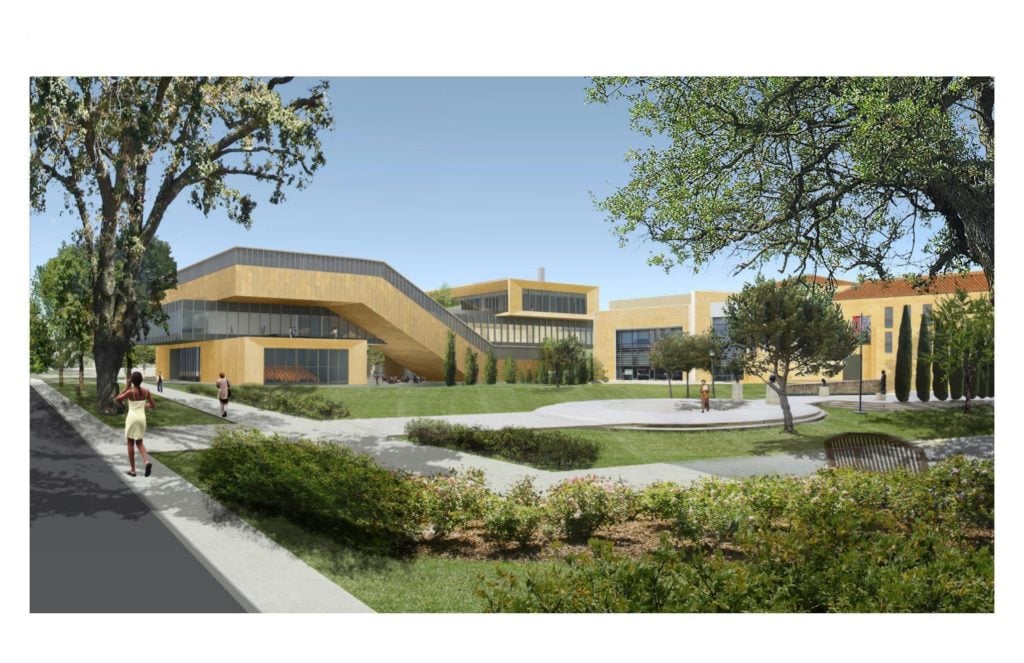Art World
Stanford University Adds Third Building to New Arts District


Eileen Kinsella

Seven years after first conceiving the idea for a university arts district, Stanford has delivered two of three new buildings to join the Cantor Arts Center and Frost Amphitheater, according to a report on the university’s website. The Bing Concert Hall has already hosted more than 150 performances since opening to the public in January 2013, while the Anderson Collection at Stanford University was deemed ready for occupancy in May of this year. The collection, one of the most prestigious private collections of 20th-century American art, was built over five decades by Bay Area family Harry and Mary Margaret Anderson and their daughter, Mary Patricia.
It includes work by Helen Frankenthaler, Franz Kline, Morris Louis, Agnes Martin, Robert Motherwell, Nathan Oliveira, David Park, Mark Rothko, David Smith, Frank Stella and Wayne Thiebaud. Key individual works include Jackson Pollock‘s Lucifer, Willem de Kooning‘s Woman Standing – Pink, Richard Diebenkorn‘s Ocean Park #60, Sam Francis‘ Red in Red, Philip Guston‘s The Coat II, Ellsworth Kelly’s Black Ripe and Clyfford Still‘s 1957-J No. 1. The collection is scheduled to open to the public on September 21.
The most visible construction project taking shape on the campus now is the McMurtry Building, which will be home to the university’s art and art history department and serve as an interdisciplinary hub for arts. The 96,000-square-foot building, with 24,000 additional square feet of courtyard space, will house courses and classrooms devoted to studying and practicing art under the same roof, according to the report. It was designed by Diller Scofidio +Renfro—designers of the new MoMA expansion—and is on schedule for completion in summer 2015.